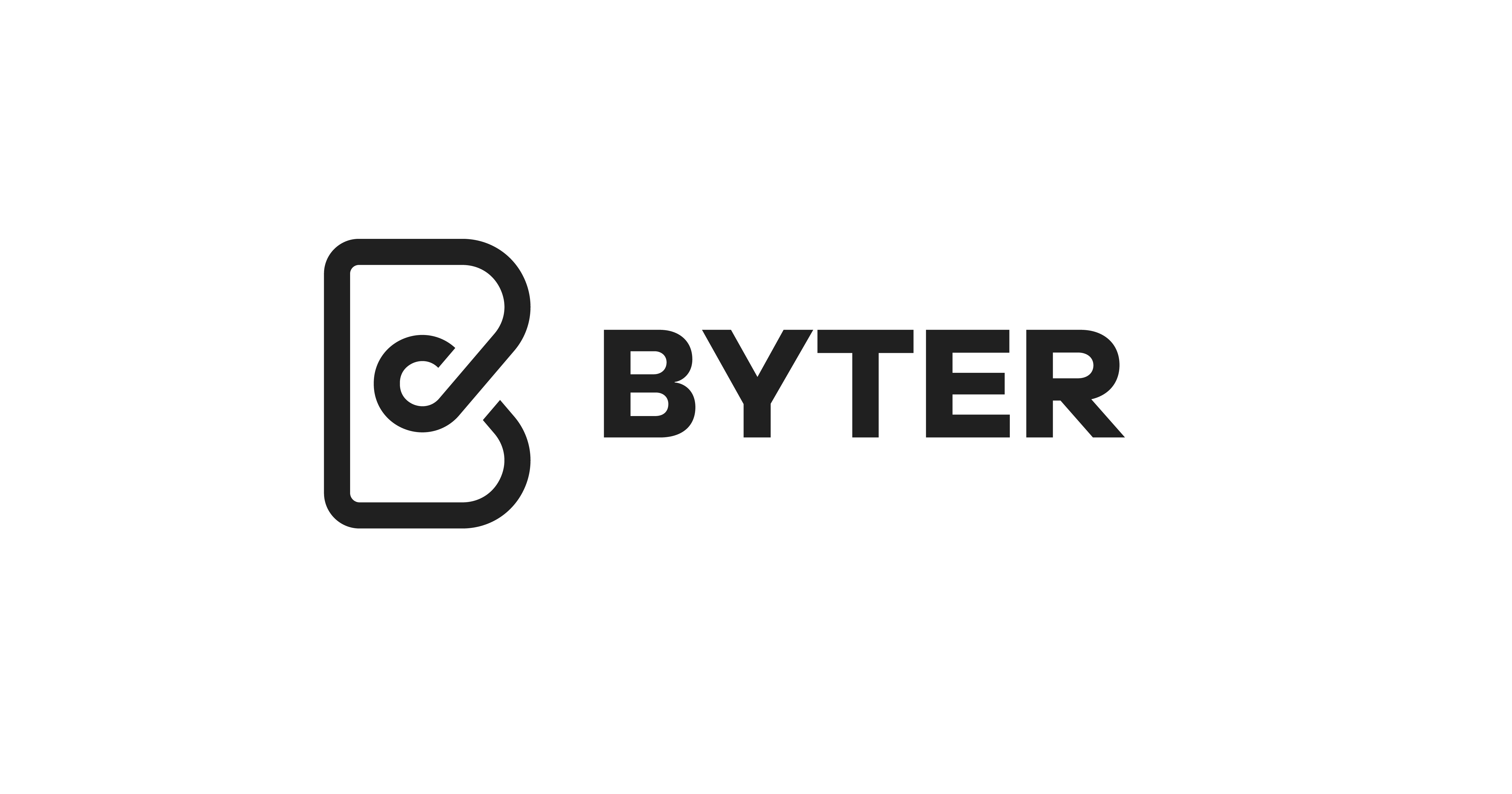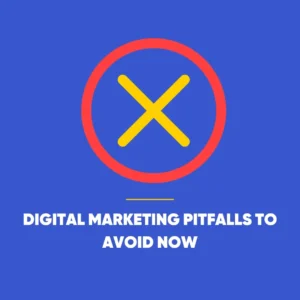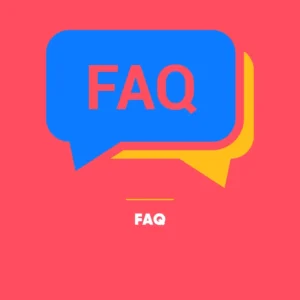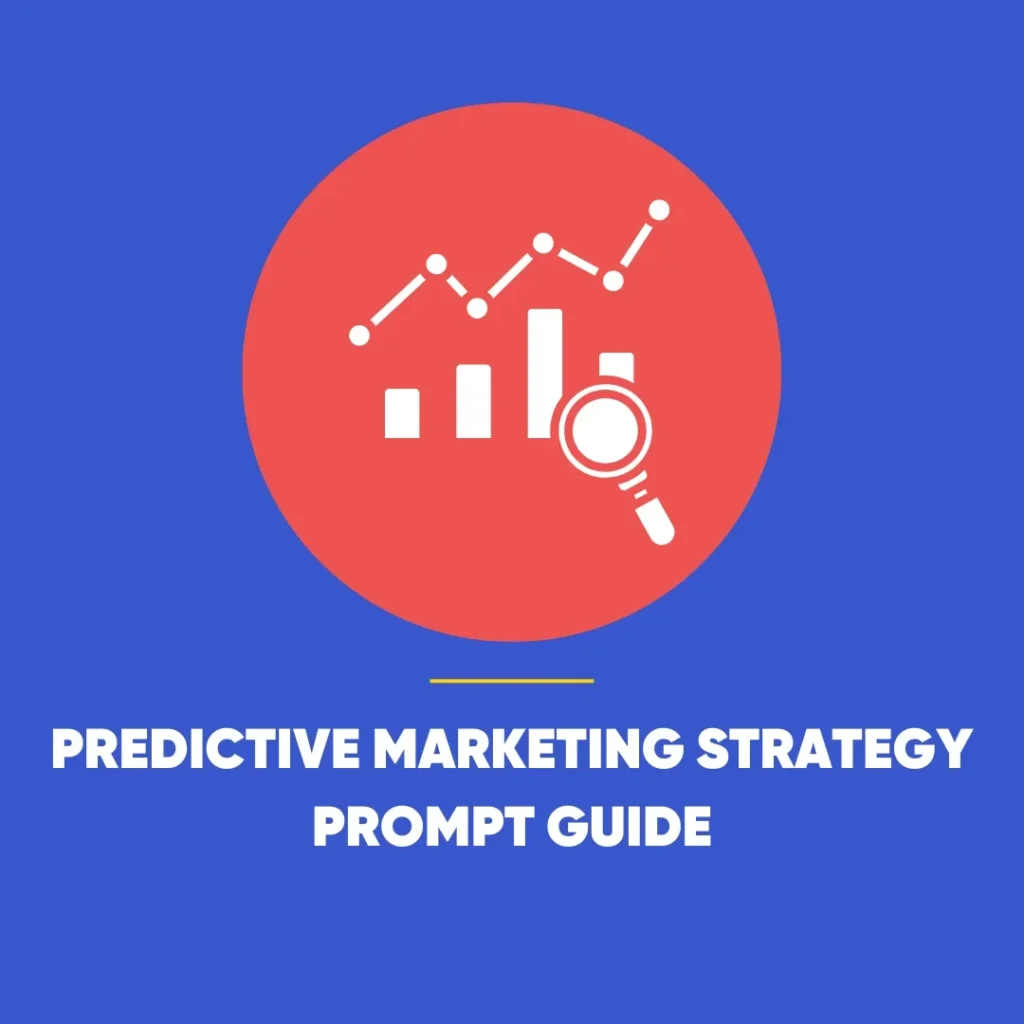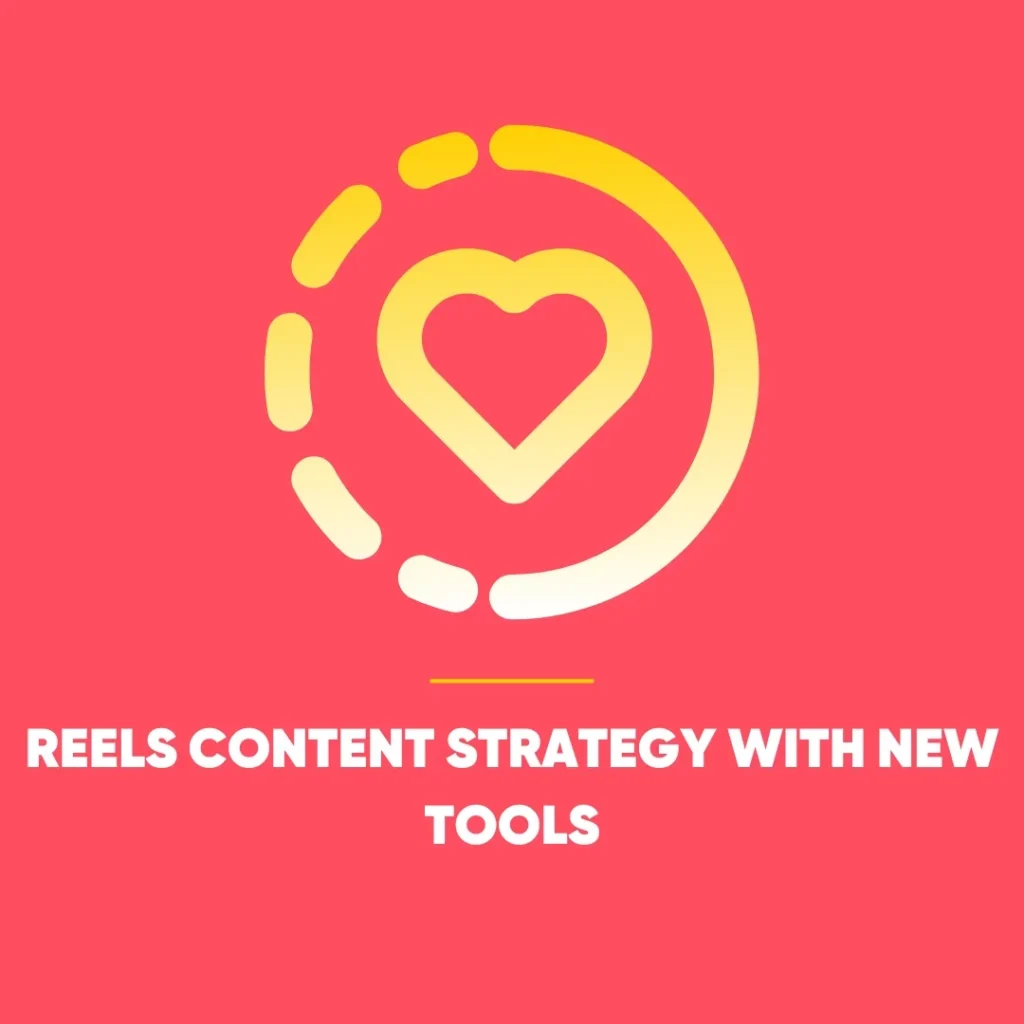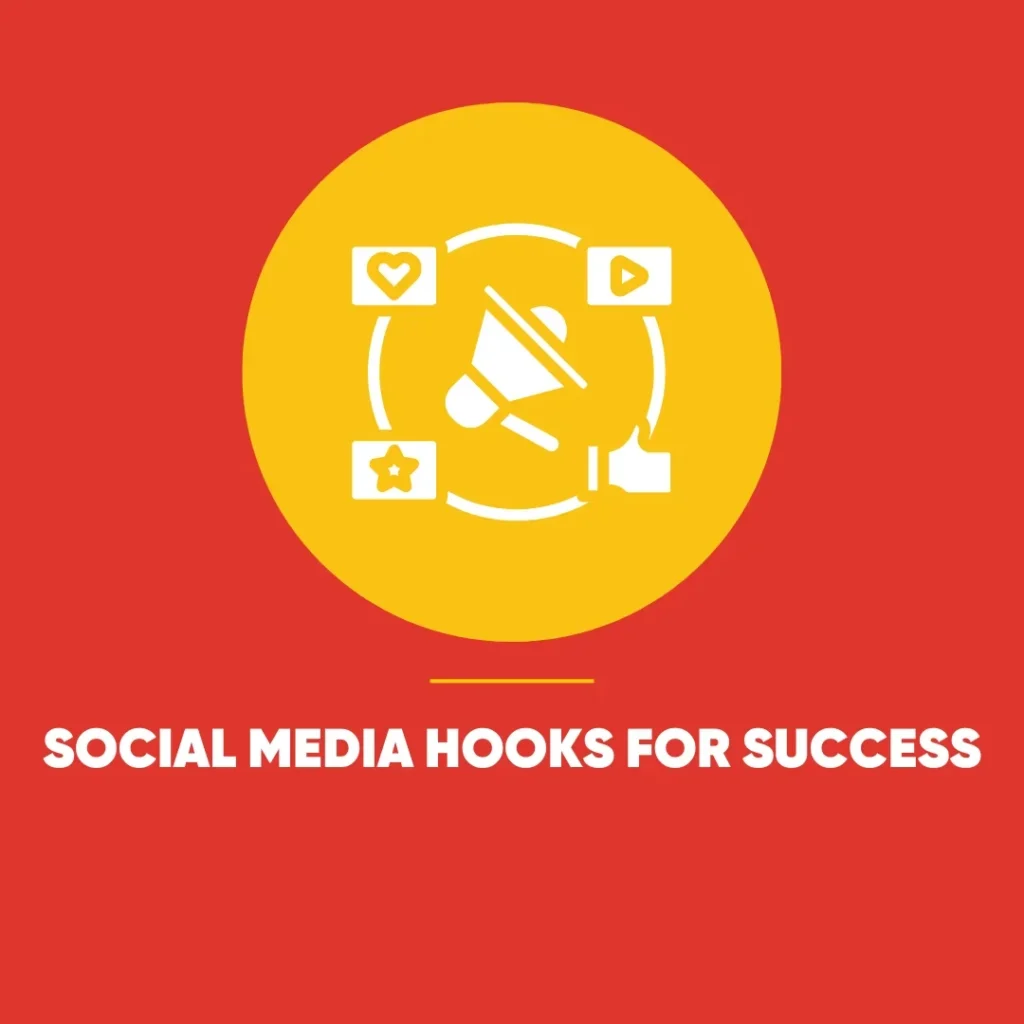UK Web Design Scrolling Dominates Interaction
UK web design scrolling reshaped user interaction – it transformed clicking, once the cornerstone of web navigation, into passive browsing. But as digital habits evolve, so too does design. In today’s landscape, scrolling has taken the reins, subtly transforming the internet into one sprawling feed.
So what does that mean for user experience, content strategy, and the role of designers? And more importantly – have we traded clarity for convenience?
From Navigation to Feed: The Quiet Shift
 In the early days of the web, clicking was the main method of interaction. A click symbolised purpose: users followed a breadcrumb trail through pages, choosing their journey, one link at a time.
In the early days of the web, clicking was the main method of interaction. A click symbolised purpose: users followed a breadcrumb trail through pages, choosing their journey, one link at a time.
Today, however, that journey is less about discovery and more about endurance. Websites have become vertical playgrounds where content unspools in endless loops. Whether it’s a product landing page, digital portfolio, or editorial feature – everything now stretches endlessly downward.
Scroll has quietly replaced click as the dominant mode of interaction. The web is no longer navigated – it’s consumed.
Scrolling Isn’t Just Design – It’s Strategy
The adoption of scrolling-first layouts isn’t accidental. It’s driven by data. More scroll depth means more engagement. More engagement means better performance metrics.
But here’s the uncomfortable truth: infinite scroll isn’t always about better user experience. It’s about control.
Clicking empowers users – they choose where to go and when. Scrolling, on the other hand, subtly shifts that power to designers and platforms. Designers nudge users instead of giving clear direction. They guide users through pre-determined narratives and limit their freedom to explore.
Think of it like a theme park ride: you’re strapped in, shown what to look at, and moved along on a rail. You’re not navigating – you’re being carried.
How TikTok Changed Everything: UK Web Design Scrolling
Social platforms have played a significant role in shaping this new paradigm. TikTok, in particular, has normalised the dopamine-driven scroll cycle. Users no longer click to view the next thing – it simply appears. Swipe, watch, swipe again.
Consequently, web design has mimicked this behaviour to keep users engaged without requiring deliberate interaction. In addition, modern sites rely on auto-reveals, video backgrounds, sticky elements, and progressive loading. As a result, the web no longer feels like a map – it functions more like a conveyor belt.
Even high-end websites now feel like curated feeds. Hero sections flow into testimonials, which drift into pricing tables, FAQs, calls-to-action, and more – all without a single navigation click.
This isn’t interaction – it’s inertia.
The Disguised Danger of Passive Design: UK Web Design Scrolling
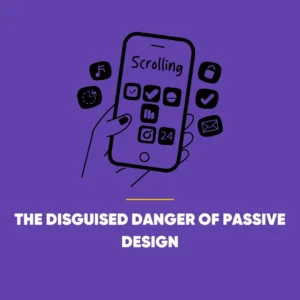 Designers often frame scrolling as intuitive or user-friendly. After all, who wants to click through dozens of pages when everything can be right there?
Designers often frame scrolling as intuitive or user-friendly. After all, who wants to click through dozens of pages when everything can be right there?
But ease can be deceptive. Friction, in many cases, serves a purpose.
Clicking forces reflection. Users pause, consider options, and make deliberate decisions. Scrolling encourages passive consumption. One keeps users orientated. The other can leave them adrift.
That subtle difference has implications. Clarity and structure are replaced with flow and sensation. The result? Users might stay longer – but they’re more likely to forget why they came.
The Role Designers Play
Let’s be honest – designers didn’t let this evolve naturally; they deliberately shaped it through specific design decisions. In fact, designers and developers were complicit, largely driven by stakeholders chasing lower bounce rates and higher engagement metrics.
In pursuit of these goals, many have abandoned classic navigation principles. Menus shrink or disappear. Content is collapsed into long single pages. Decisions are reduced. Everything is frictionless.
The sleek, modern look hides the loss of user agency. Designers remove choice and pull users along, limiting how they explore.
UK web design scrolling may satisfy analytics goals, but it risks turning design into manipulation rather than meaningful guidance.
SEO Struggles in the Scroll Era
There’s another often-ignored casualty in the scrolling revolution: search visibility.
Search engines still favour structured, linked pages. When content is piled into one massive scrollable block, it loses indexable entry points. That means fewer opportunities for organic traffic.
The modern obsession with single-page design can dilute SEO impact. What could be a series of valuable, link-worthy resources ends up buried within a monolithic scroll that search bots can only partially interpret.
In other words: it looks great, but it performs poorly.
Mobile UX: Not Always Scroll-Friendly
Scrolling was supposed to be the saviour of mobile UX – less clicking, smoother journeys, and a more thumb-friendly experience.
But reality has proven more complex.
Long-scroll pages often frustrate mobile users. Finding one’s place, jumping between sections, bookmarking content, or even just returning to something seen earlier can be painful.
Sticky headers, anchor links, and collapsible menus are now used as patchwork fixes. But if we’re constantly retrofitting navigation into scroll-only designs, perhaps it’s time to rethink the approach altogether.
The Cognitive Load Problem: UK Web Design Scrolling
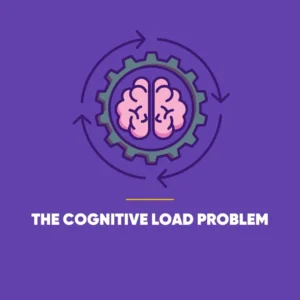 Beyond usability, there’s also a cognitive cost. When everything is served in a single stream, the brain struggles to segment and retain information.
Beyond usability, there’s also a cognitive cost. When everything is served in a single stream, the brain struggles to segment and retain information.
Traditional navigation – clicking between distinct pages – provided natural stopping points. Users could take in content, then move on. Scroll-only layouts offer no such breaks.
It’s the equivalent of reading a novel with no chapters – just an unbroken wall of text. Seamless? Yes. Memorable? Not always.
What Comes Next: A Call for Balance
It’s unlikely that web design will return to the era of multi-page websites with complex nav trees. Nor should it. Smooth, intuitive scrolling has its place.
But the industry must also acknowledge the limitations of scroll-first thinking.
The future lies in hybrid design: combining the fluidity of scroll with the clarity of navigation. Think modular layouts. Clear sections. Persistent menus. Visible links. Clicks that matter.
However, design should never force users into passivity – instead, it ought to actively support exploration. Rather than going backwards, it emphasises moving forward with intention – ultimately enhancing purposeful engagement.
The Real Cost of Killing the Click
UK web design scrolling didn’t just replace clicking – it completely redefined how users interact with digital content. And in doing so, it shifted the web from a space of exploration to one of consumption.
Clicks brought clarity, choice, and engagement. Scrolls bring flow, but at a cost. Users may stay longer, but often retain less. The web may feel smoother, but sometimes at the expense of substance.
It’s time to rethink what “modern” really means. Because the most elegant websites aren’t just scrollable – they’re usable. And that means giving users back the ability to choose, not just consume.
